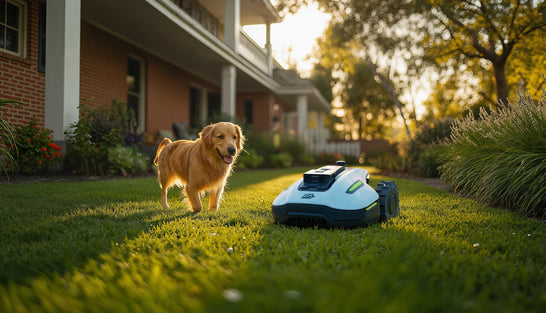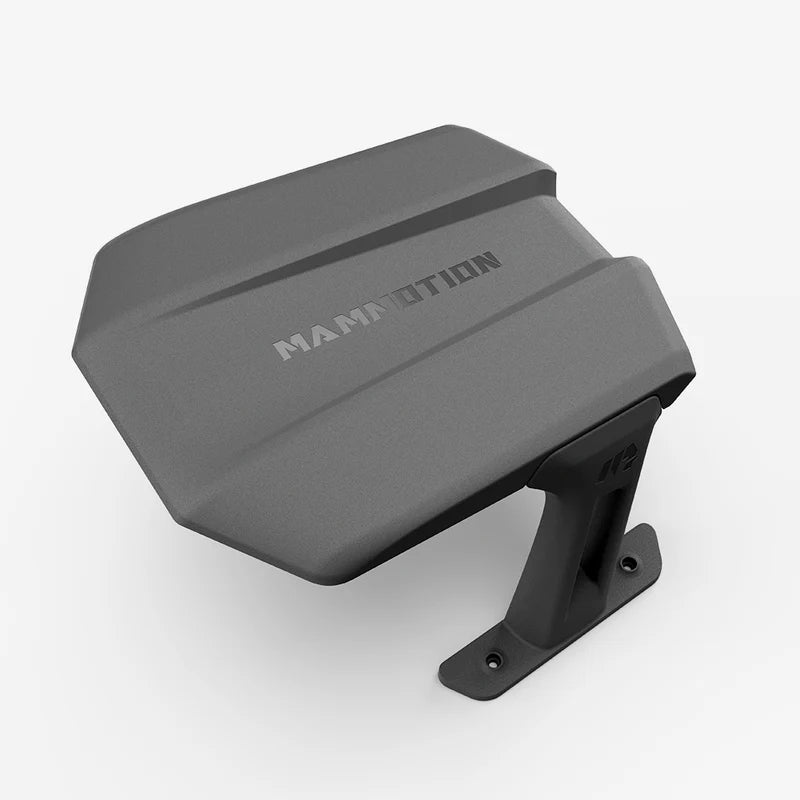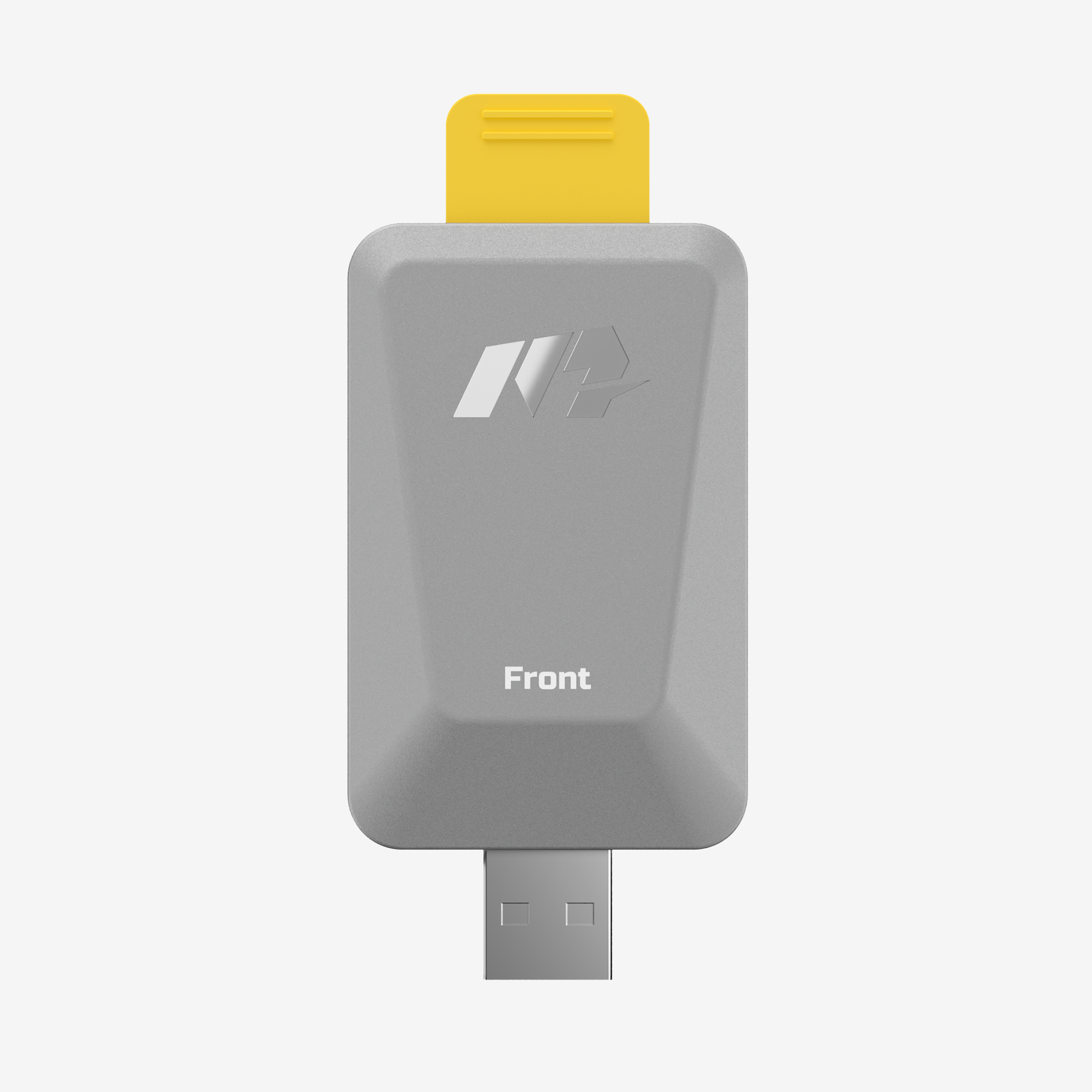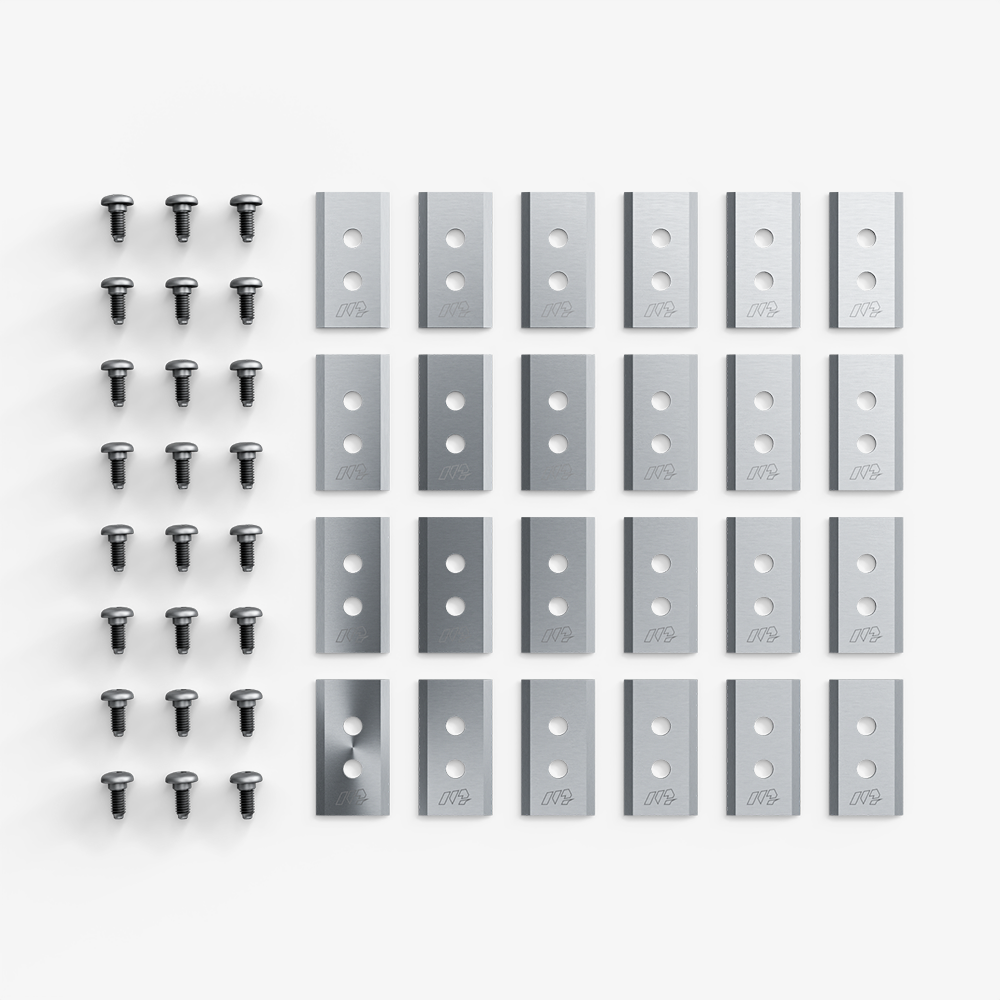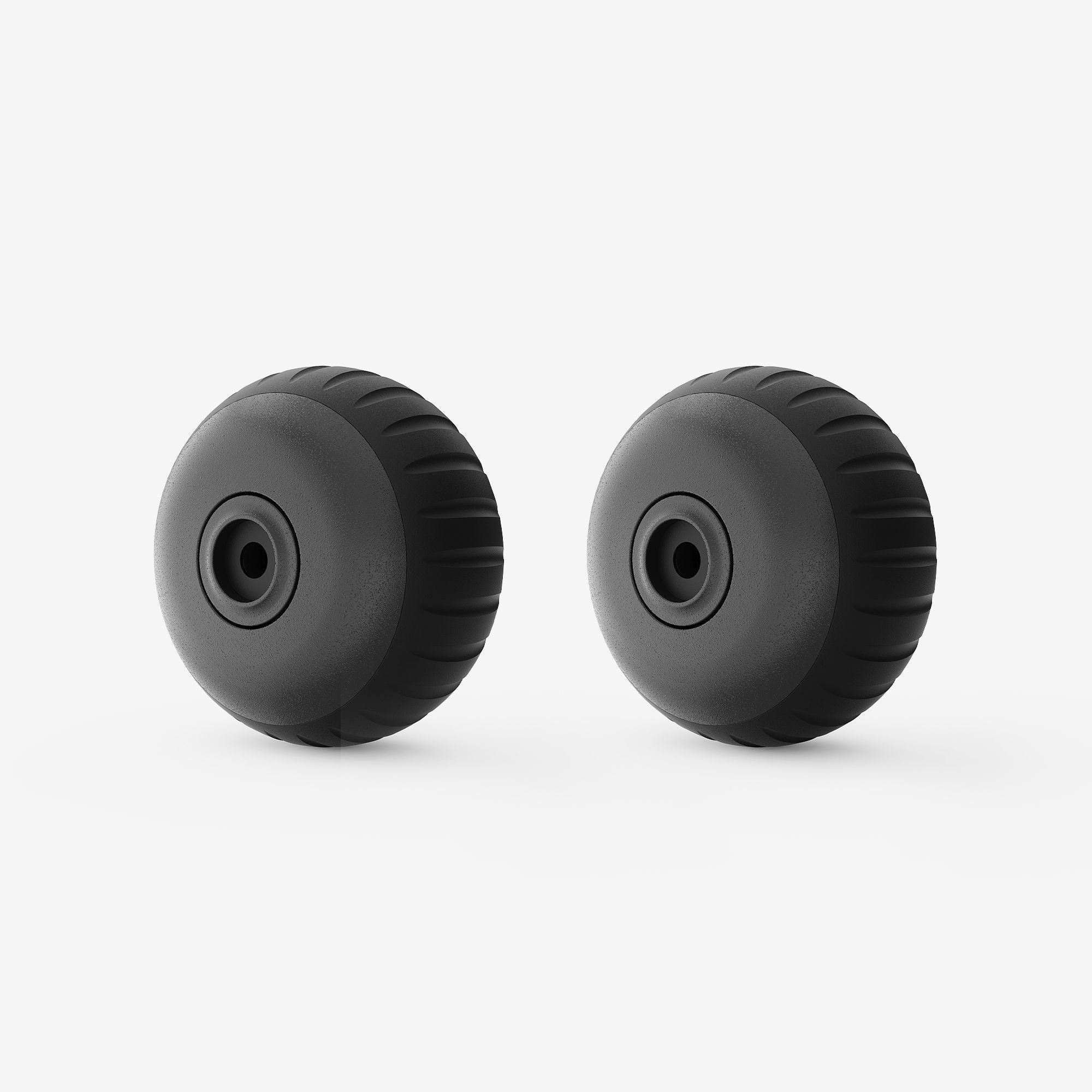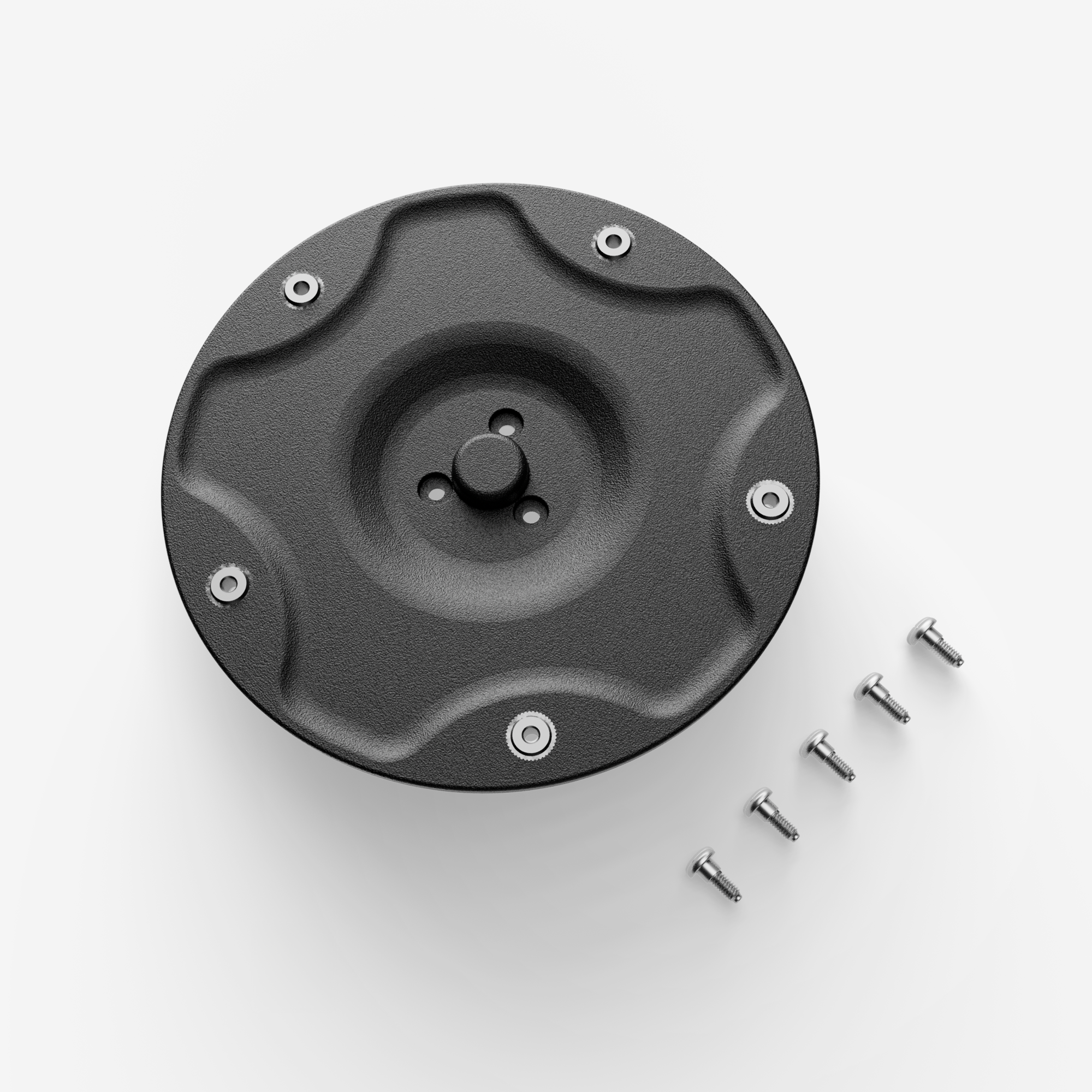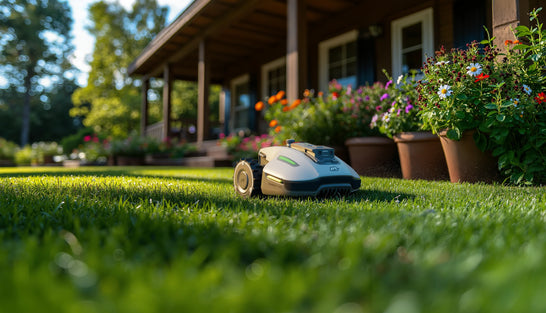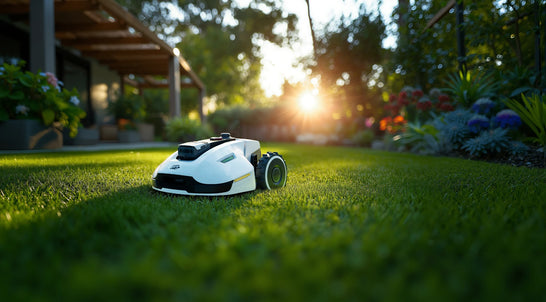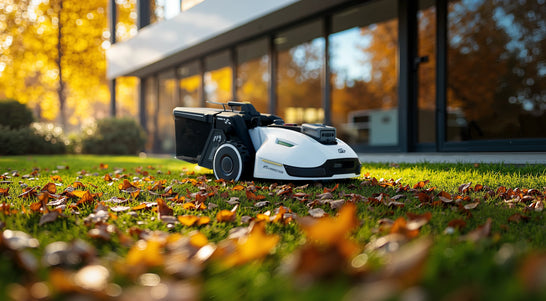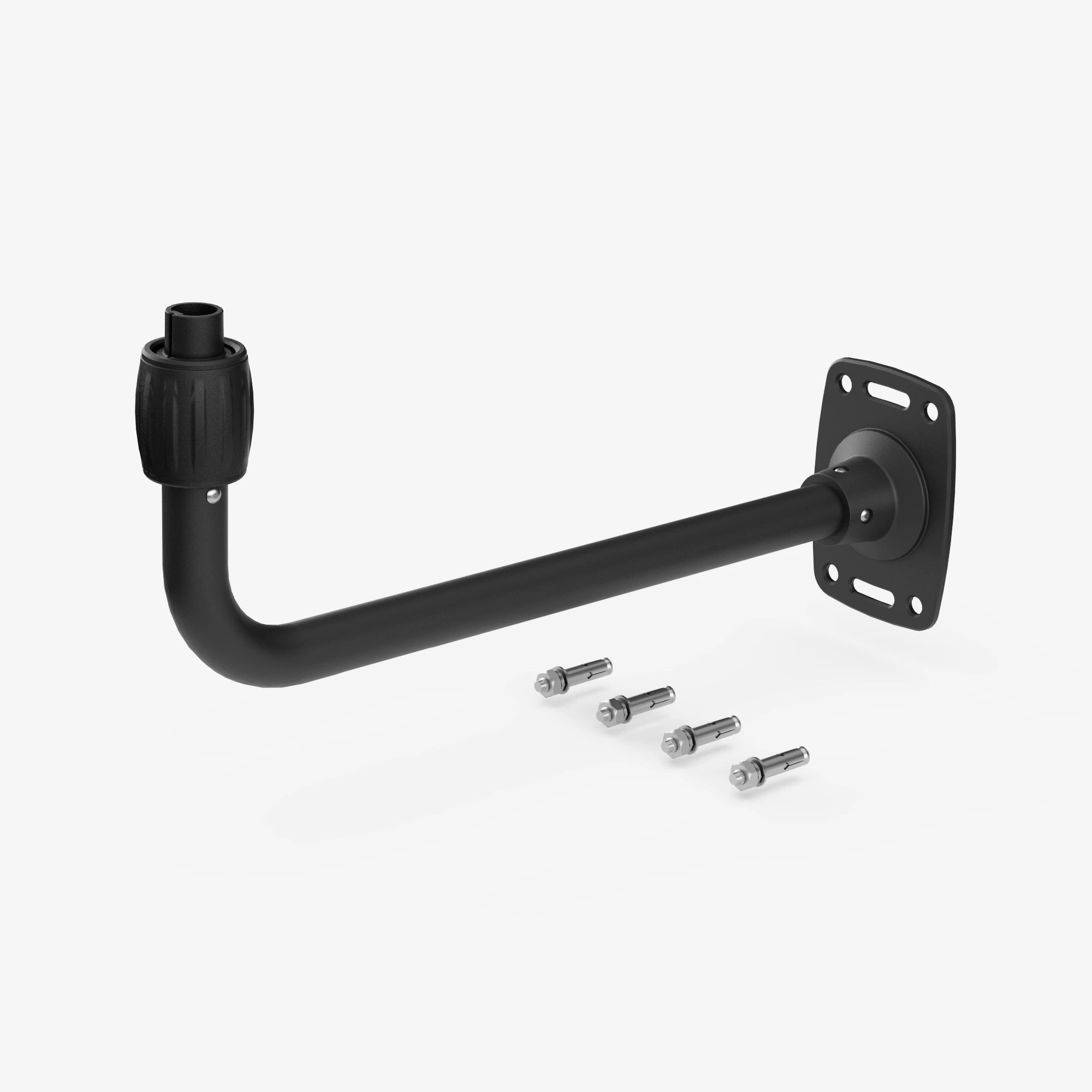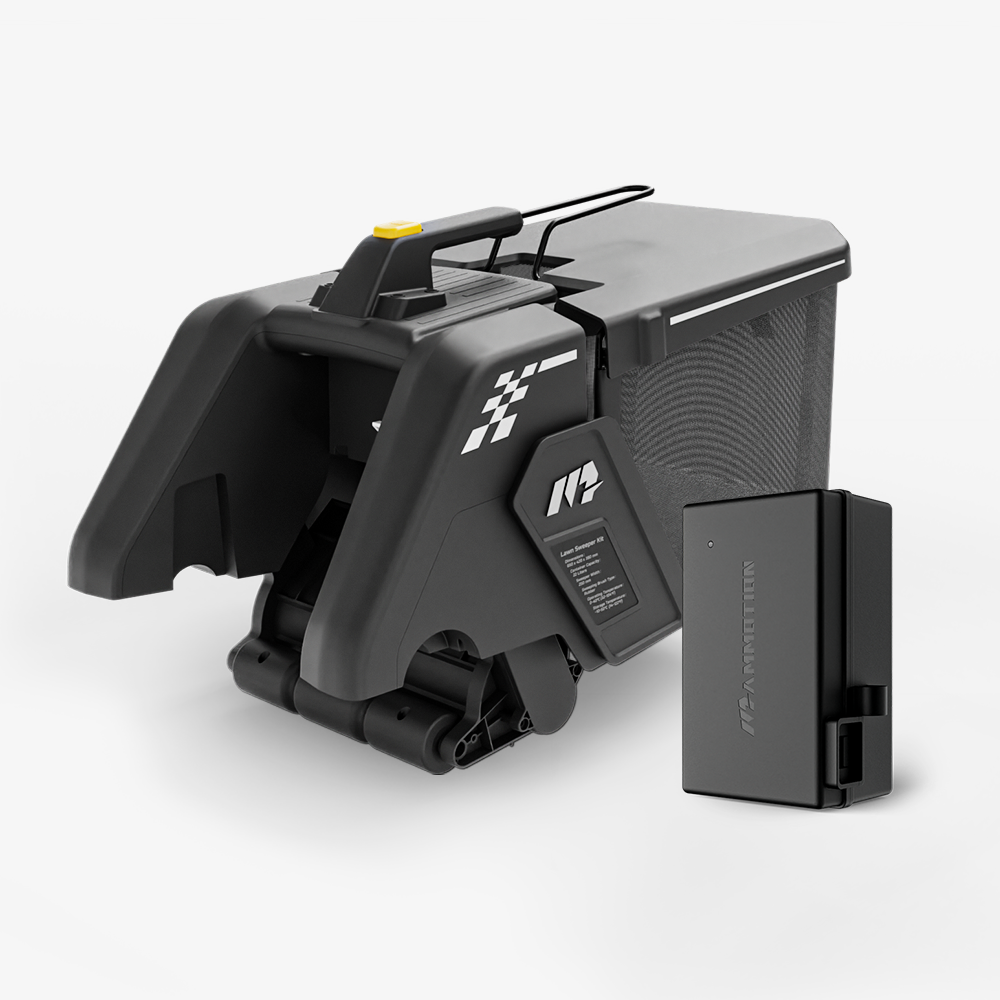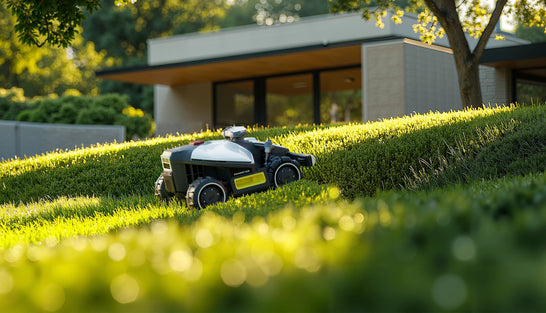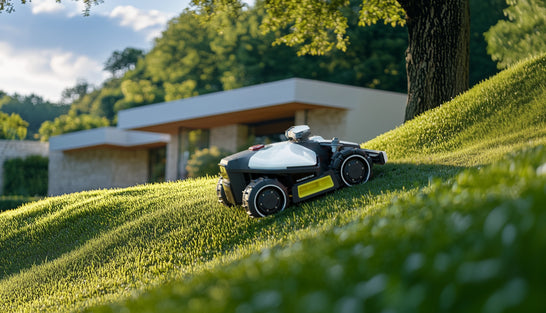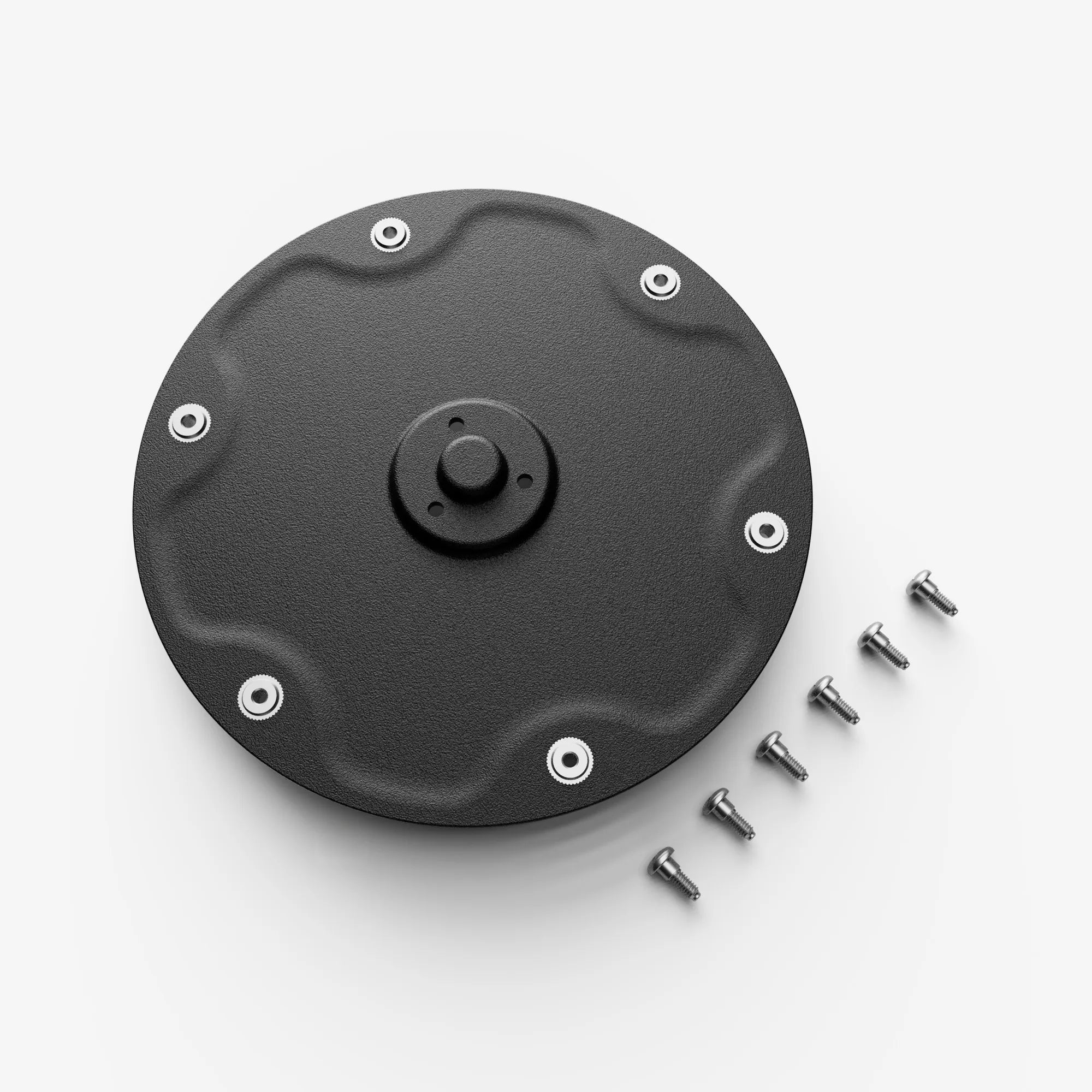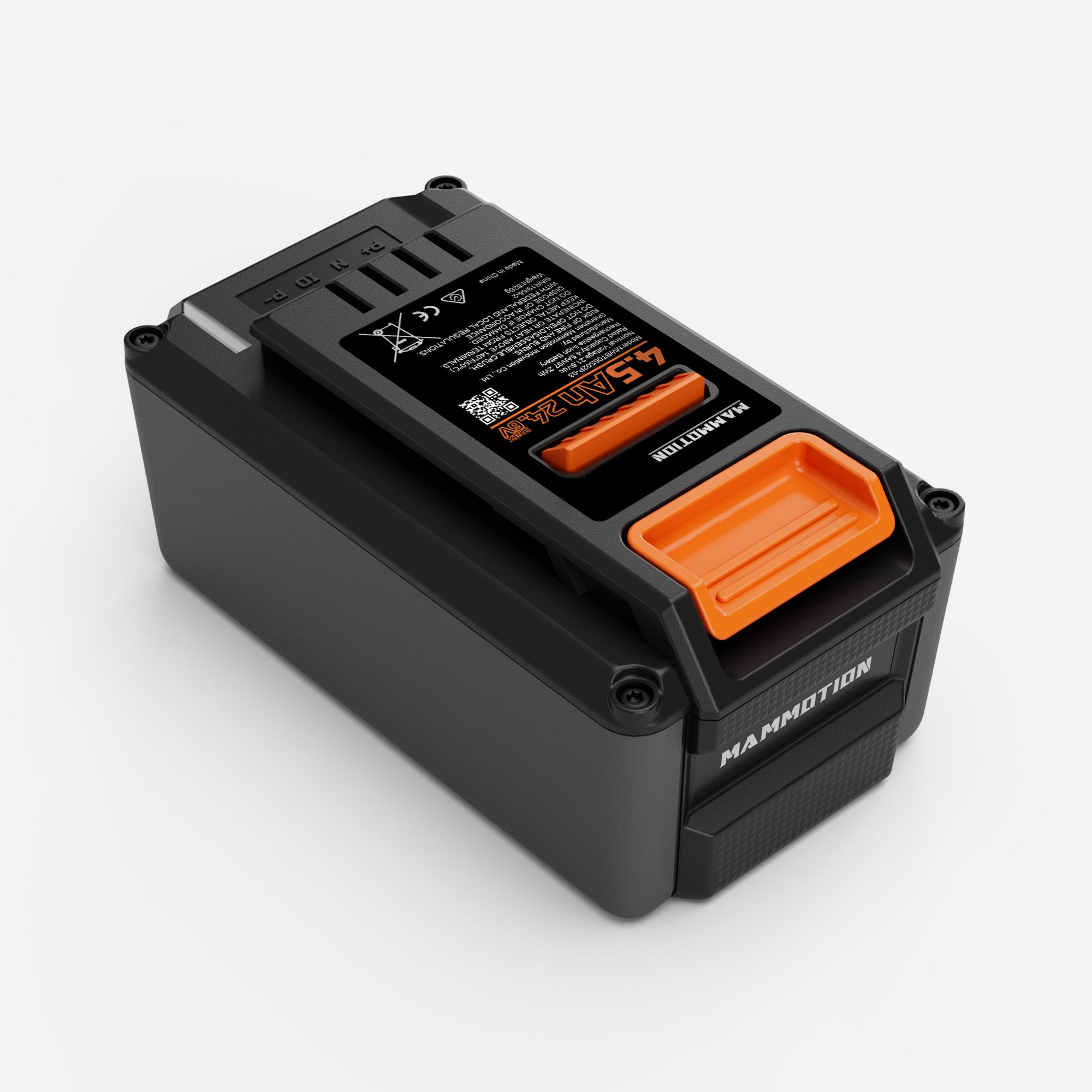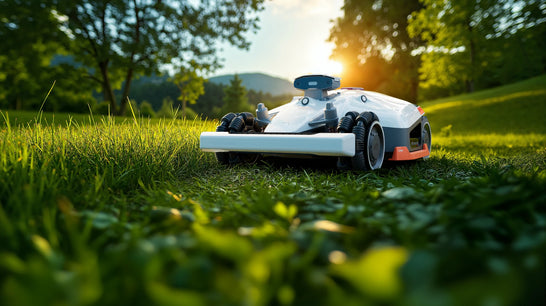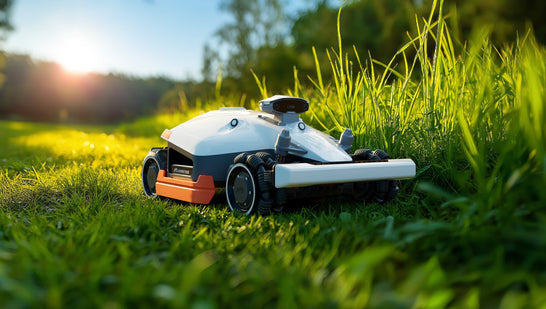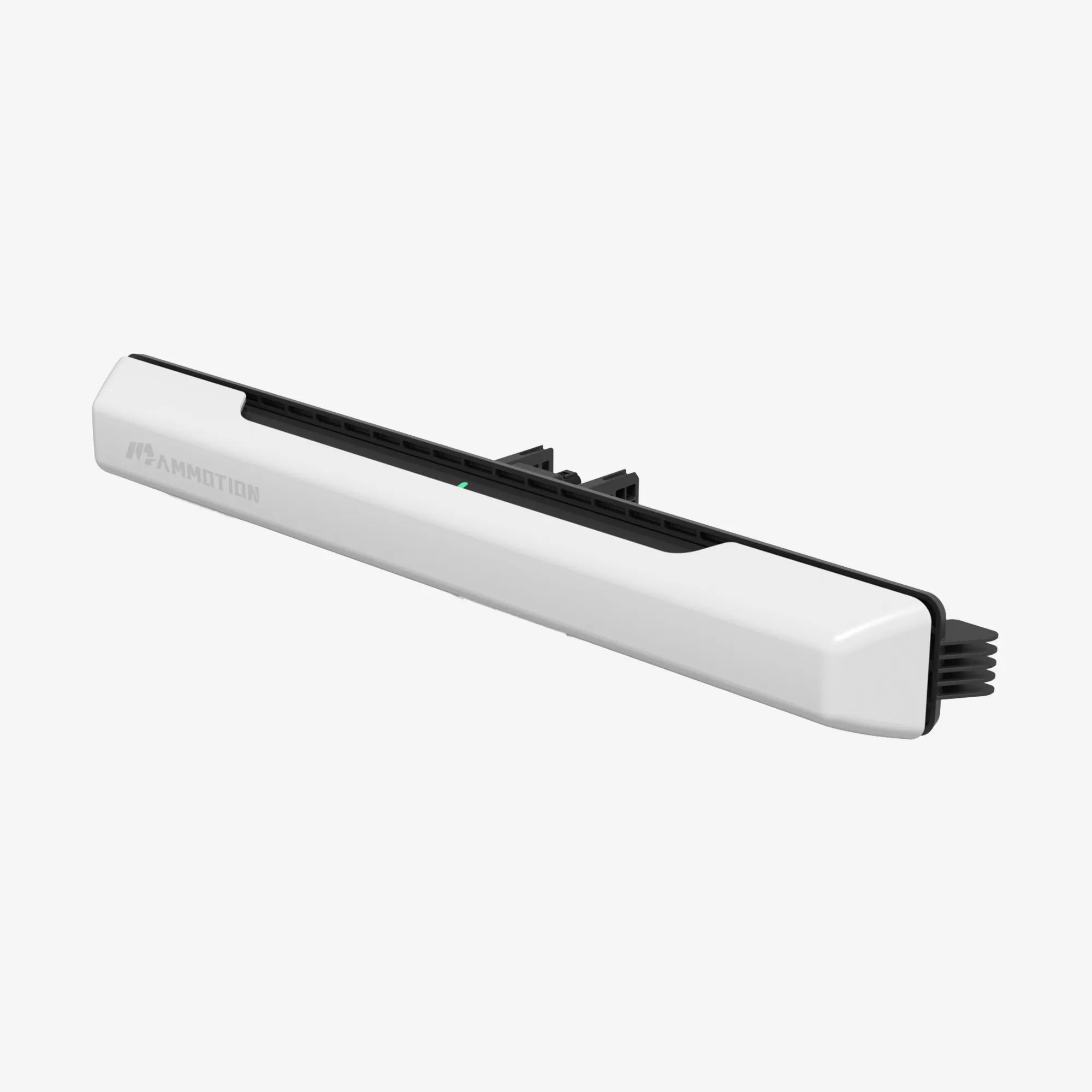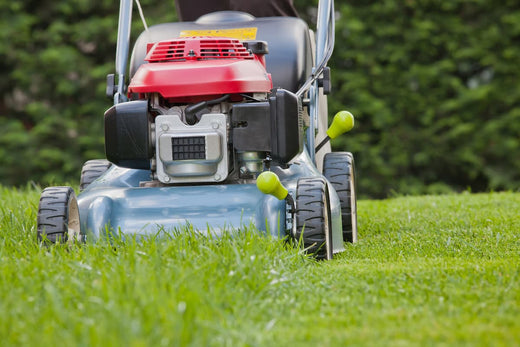Storing your lawn mower the right way isn’t just about saving space—it’s about protecting your investment.
Whether you use a gas-powered, electric, or robotic mower, improper garage storage can lead to rust, battery failure, or costly repairs. If you’ve ever pulled your mower out in spring only to find it won’t start, you know how frustrating that can be.
In this guide, we’ll walk you through how to store a lawn mower in the garage safely and efficiently. From cleaning and fuel management to ideal storage conditions and battery care, these proven strategies will help you keep your equipment in peak condition all year long. (Will be a little different if you store a lawn mower in winter)
How to Store a Lawn Mower in the Garage: Step-by-Step Guide
Proper lawn mower storage isn't just about putting the machine in a corner—it's about ensuring it's protected from damage, fire risks, or battery failure. Follow these step-by-step instructions to store your lawn mower in the garage safely and efficiently, regardless of the season or mower type.
Step 1: Clean and Inspect Your Lawn Mower
Before storing your lawn mower, take time to thoroughly clean and inspect it. Dirt, moisture, and grass clippings can cause rust, clogs, and corrosion over time.
- Clean All Surfaces: Use a brush or air blower to remove clippings from blades, wheels, and undercarriage. For robotic mowers, wipe sensors and cameras gently with a microfiber cloth.
- Inspect for Damage: Check for loose bolts, dull blades, worn belts, or fuel/oil leaks. Catching issues now prevents costly repairs later.
- Dry Completely: Make sure no moisture remains, especially underneath gas mowers, where rust is most common.
Tip: Sharpen the blade now, so it’s ready for next season.
Step 2: Choose the Right Spot in Your Garage
Not all garage spaces are equal when it comes to mower storage. A well-chosen spot can prevent environmental wear and protect sensitive components.
- Select a Dry, Well-Ventilated Area: Avoid damp corners or areas with poor airflow. Condensation can damage electric parts or fuel lines.
- Elevate if Possible: Use a platform, shelf, or wall mount to raise the mower off the ground. This prevents exposure to floor moisture and accidental spills.
- Avoid Direct Sunlight: UV rays can degrade plastic parts and shorten battery life in electric or robotic mowers.
Tip: Label and store accessories (chargers, spare blades) in a nearby toolbox or bin.
Step 3: Drain Fuel or Manage Battery Power
Fuel and battery care are essential for safe mower storage, especially during long off-seasons or winter months.
For Gas-Powered Mowers:
- Drain the Tank: Empty the gas tank or run the mower until it shuts off.
- Use Fuel Stabilizer: If fuel must stay in the tank, add stabilizer and run the engine for a few minutes.
- Check for Leaks: Even a small leak can become a fire hazard over time.
For Battery-Powered or Robotic Mowers:
- Remove the Battery: Store it separately in a dry, room-temperature location.
- Charge Partially: Keep battery at 40–60% to extend its lifespan.
- Avoid Freezing Temps: Low temperatures can permanently damage lithium-ion cells.
Tip: Always follow your manufacturer’s battery care instructions for optimal safety.
Step 4: Secure Sharp Components and Prevent Accidents
Lawn mowers contain sharp blades and heavy parts that can cause injury or damage if not stored correctly.
- Cover Blades: Use blade covers or wrap them in thick cloth to prevent accidental cuts.
- Stabilize the Mower: Ensure it sits securely on a flat surface—no tilting or leaning.
- Keep Away from Children and Pets: Designate an equipment-only zone in your garage if possible.
Tip: Use safety tags or labels if someone else may access the mower while in storage.
Step 5: Organize Tools and Seasonal Equipment Around It
Your garage layout should allow easy access to your mower while preventing accidental bumps or clutter buildup.
- Use Wall Storage for Tools: Hang rakes, trimmers, and hoses on hooks to free up floor space.
- Avoid Heavy Items Nearby: Never stack bins or containers near the mower where they could tip and cause damage.
- Label and Group by Season: Keep all spring/summer equipment together for easier retrieval when the mowing season returns.
Tip: A pegboard or slat wall can transform your garage into a smart, organized workspace.
Short-Term vs Long-Term Lawn Mower Storage: Key Differences
Not all mower storage is the same, so learning how to store a lawn mower in the garage is essential. Whether you're putting your lawn mower away for just a few weeks between uses or preparing it for winter storage, the steps you take can impact the machine's longevity, safety, and performance. Here's how short-term and long-term storage differ—and how to do each one right.
Short-Term Storage (1–4 Weeks)
If you plan to use your lawn mower again soon, you don’t need to go through a full winterization process—but you should still protect your equipment from damage and fire risk.
Key Tips for Short-Term Storage:
- Keep Fuel Inside: It’s usually okay to leave fuel in the tank for a few weeks—but make sure the cap is tight and the mower is stored upright.
- Quick Clean: Wipe off visible grass and moisture after each use to avoid rust.
- Store in a Ready-to-Use Spot: Keep the mower easily accessible and away from clutter, so you're not moving it in and out constantly.
💡 Good for weekly mowing schedules or pauses due to rainy weather.
Long-Term Storage (4+ Weeks or Winter)
When lawn care season ends, your mower needs to be properly shut down and stored to prevent long-term damage.
Essential Steps for Long-Term Storage:
- Drain or Stabilize Fuel: Gasoline goes stale quickly—run the tank dry or use stabilizer.
- Remove and Store the Battery: Batteries left in the mower can drain, corrode, or fail.
- Deep Clean: Thoroughly remove all dirt and moisture to prevent corrosion.
- Elevate or Cover: Use a high-quality cover and store off the ground when possible.
- Check Periodically: Once a month, visually inspect the mower for moisture, pests, or any signs of damage.
🧊 Perfect for winter or when storing equipment for months at a time.
Pro Tip: Use Seasonal Reminders
Set a calendar reminder at the start and end of the mowing season to run through your mower’s maintenance checklist. This simple habit ensures your equipment is always ready to perform—and avoids the springtime headache of a mower that won’t start.
Tips for Storing Robotic and Electric Lawn Mowers
Electric and robotic lawn mowers have unique storage requirements compared to traditional gas-powered models. Battery care, sensor protection, and software updates are just a few of the extra steps you'll want to take to ensure your mower stays in excellent condition during downtime.
1. Remove and Store the Battery Properly
Battery care is the most critical step when storing any electric or robotic mower.
- Partial Charge for Storage: Store lithium-ion batteries at 40–60% charge to minimize capacity loss.
- Cool, Dry Environment: Keep the battery in a temperature-controlled area—avoid freezing or overly warm spaces like attics or hot garages.
- Avoid Direct Contact with Metal: Store the battery in a plastic container or anti-static bag to avoid electrical shorts.
- Label and Date: Mark the battery’s charge level and storage date to stay on top of maintenance cycles.
⚠️ Avoid leaving the battery inside the mower for extended periods—it may drain or overheat.
2. Protect Sensors, Docking Stations, and Wiring
Robotic lawn mowers have sensitive components that can degrade if stored improperly.
- Clean Sensors and Cameras: Use a soft microfiber cloth to gently clean sensors, cameras, or LIDAR units.
- Store the Charging Dock Indoors: If portable, keep the base station inside or well-covered and dry.
- Disconnect Perimeter Wires (If Required): Some systems may recommend removing the boundary wire before winter—check your manual.
🔧 Pro Tip: Take photos of your wire layout before disconnecting to make spring setup easier.
3. Check for Firmware or App Updates
Some robotic mowers support over-the-air updates or need occasional software syncing.
- Update Before Storage: Connect your mower to its app or computer interface and install any pending firmware updates.
- Turn Off Remote Access: Disable features like GPS tracking or scheduled mowing to preserve battery life.
- Review Maintenance Logs: Some apps track blade changes or service intervals—mark these for next season.
4. Use the Original Packaging (If Available)
If you still have the original box and foam inserts, consider reusing them for long-term storage:
- Minimizes Vibration Damage: Especially during off-site storage or transportation.
- Protects From Dust and Pests: Better than loose tarps or cloth covers alone.
If no box is available, use a fitted cover designed specifically for your mower model.
Conclusion: Keep Your Lawn Mower Ready with Proper Garage Storage
Properly storing your lawn mower in the garage is essential to protect your investment, extend the life of your equipment, and ensure it’s ready to go when the mowing season starts again. Whether you have a gas-powered mower, an electric model, or a robotic mower, following the cleaning, inspection, and storage tips outlined in this guide will help prevent rust, mechanical issues, and battery problems.
By creating the right garage environment, managing fuel and batteries safely, and organizing your tools efficiently, you’ll save time, money, and frustration. Remember, a little care now goes a long way toward keeping your lawn mower in peak condition year after year.
Frequently Asked Questions
1. Can I leave gas in my lawn mower during storage?
It’s best to either drain the fuel tank completely or add a fuel stabilizer before storing your mower for more than a few weeks. Gasoline can degrade over time, leading to clogged fuel lines and engine problems. For short-term storage (under 4 weeks), keeping fuel in the tank with a tight cap is usually safe.
2. How should I store the battery of my electric or robotic lawn mower?
Remove the battery and store it in a cool, dry place at about 40–60% charge. Avoid extreme temperatures to prevent battery degradation or failure. Refer to your mower’s manual for specific battery care instructions.
3. What’s the ideal garage environment for storing a lawn mower?
Choose a dry, well-ventilated area away from direct sunlight and moisture. Elevate the mower off the floor if possible to prevent rust caused by floor dampness. Proper ventilation helps reduce condensation, protecting both gas and electric components.
4. How often should I check on my mower during long-term storage?
It’s recommended to inspect your stored mower at least once a month. Check for signs of moisture, rust, pests, or leaks, and ensure the battery (if removed) remains at the proper charge level.
5. Is it necessary to cover my lawn mower in the garage?
Yes, using a protective cover designed for lawn mowers helps keep dust, moisture, and accidental spills off your equipment. It also prevents scratches and reduces the risk of damage to delicate parts.
6. How can I prepare my robotic lawn mower for winter storage?
Remove and properly store the battery, clean all sensors, disconnect the charging dock if possible, and update the mower’s firmware. Storing the mower indoors in a dry, temperature-controlled space is ideal.

